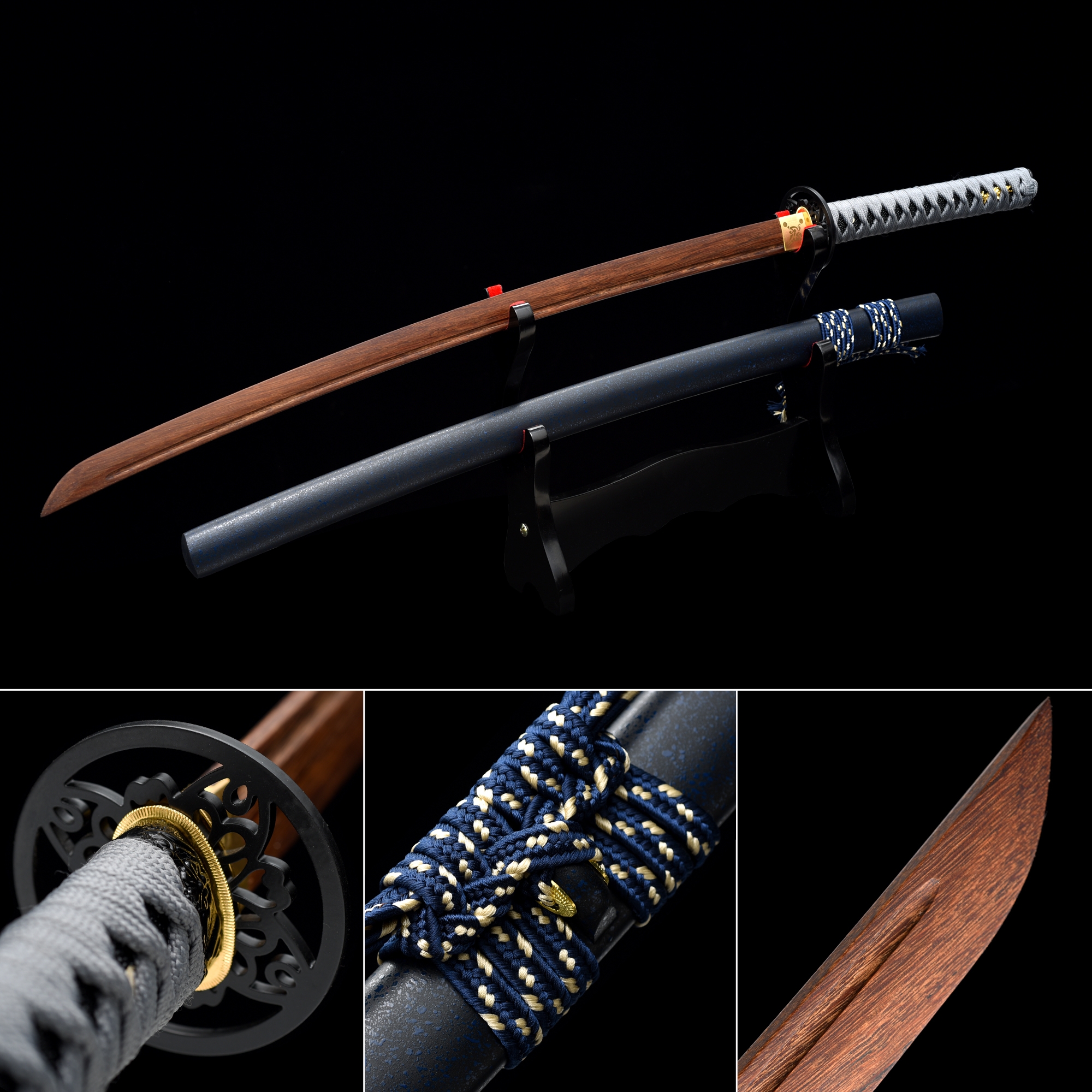

We tried moving forward by taking a step with our right foot first, then dragging the left foot behind (and vice versa), as well as turning to face the opposite direction by pivoting on our front foot as our body and back foot spun 180 degrees. Gomita instructed me to stand with my feet hip-width apart in a parallel position, then turn my right foot and my body towards the front. The dojo's smooth green tatami mat felt cool under my bare soles. He reassured me that everything would seem more feasible once we'd broken the motions down into small, simple steps.

I joked nervously with my sensei Gomita that it would be impossible to emulate his and Okazaki's effortless grace. Mastering aikido is about perfecting choreographed gestures so sublime to be worthy of the gods, and the self-control required stems from the practitioner's inner strength as well as the solidity of their stance.Īfter Gomita and Okazaki's demonstration, I prepared for my first ever aikido lesson. "Ueshiba used to perform aikido for the deities at the shrine near the dojo (training hall)," Gomita said, a task that he has now taken up together with his father, who was appointed by Ueshiba as a representative of the martial art in the 1960s and founded Aikido Tanabe Dōjō in 1981. Aikido is essentially aimed at self-defence there are no winners or losers, and no competitions are held.

Unlike other martial arts, aikido's goal is to end conflict non-violently by "matching the opponent's force", Gomita explained, to deflect strikes rather than overpower one's adversary. Created by Ueshiba in the early 20th Century, aikido – meaning "way of harmonising energy" – is one of the youngest of Japan's nine official martial arts, or budō, and Gomita and Okazaki are the latest generation of Tanabe sensei dedicated to spreading this deeply articulated practice and philosophy. The adversaries, Junichi Gomita and Yoshinori Okazaki, were teachers (or sensei) at Aikido Tanabe Dōjō in Tanabe, the town in the Japanese prefecture of Wakayama where aikido's founder Morihei Ueshiba was born in 1883. I sat in a trance as I watched the men continue their duel, switching to shorter wooden sticks then to a hand-to-hand confrontation. The other deflected the strike, shifting it to the side with an agile spin. One of the men lunged more decisively, his imitation sword protruding forward. This motion, combined with twists of the body and arms, was repeated several times in a sequence so fast that I could only really catch the moment when the wooden implements clashed, producing a sharp thud. They raised the sticks above their heads, lowering them firmly – though not violently – to meet their opponent's. The tips of the sticks crossed each other as the men's gazes locked in a solemn stare. Two men stood opposite each other holding wooden sticks shaped like a katana, the legendary Japanese sword, at arm's length.


 0 kommentar(er)
0 kommentar(er)
